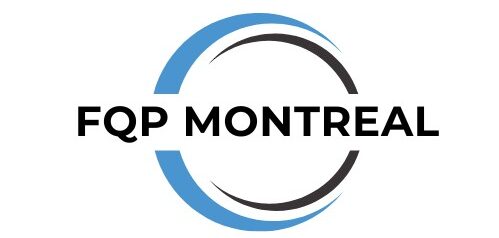Montreal, the vibrant cultural hub of Canada, is not only known for its rich history and diverse communities but also for its evolving skyline. Over the years, the city has witnessed significant real estate development that has transformed its architectural landscape. From iconic skyscrapers to modern residential complexes, Montreal’s real estate industry has played a pivotal role in shaping the city’s skyline. This article explores the major trends, key projects, and the impact of real estate development on Montreal’s urban fabric.
Historical Perspective
To understand the current state of real estate development in Montreal, it is essential to look back at its history. The city’s architectural heritage is deeply rooted in its European influences, visible in iconic landmarks such as the Notre Dame Basilica and the historic Old Port. However, the late 20th century witnessed a shift towards modernization and urban renewal.
Urban Revitalization
Montreal’s real estate development gained momentum in the early 2000s when the city embarked on a path of urban revitalization. The revitalization efforts focused on transforming former industrial areas into mixed-use districts, blending residential, commercial, and recreational spaces. Prominent examples include the revitalization of the Griffintown neighborhood and the transformation of the Old Port into a thriving cultural and recreational hub.
High-rise Boom
One of the most notable trends in Montreal’s real estate development is the rise of high-rise buildings. As the demand for urban living increased, developers sought to maximize land usage by constructing tall buildings. The city’s skyline now boasts numerous skyscrapers, such as the iconic 1000 de la Gauchetière and the recently completed Tour des Canadiens. These structures not only provide much-needed housing but also contribute to Montreal’s visual identity.
Mixed-Use Developments
Mixed-use developments have become a cornerstone of Montreal’s real estate landscape. These projects combine residential, commercial, and retail spaces within a single complex, fostering a sense of community and convenience. The Quartier des Spectacles, an entertainment district, is a prime example of a mixed-use development. It features concert halls, theaters, restaurants, and residential units, creating a vibrant and dynamic urban environment.
Sustainable Building Practices
In recent years, Montreal has embraced sustainable building practices as a response to environmental concerns. Developers are incorporating green technologies, energy-efficient designs, and renewable energy sources into their projects. LEED-certified buildings, such as the Maison Manuvie and the Humaniti complex, showcase Montreal’s commitment to sustainability and environmental stewardship.
Cultural and Architectural Preservation
While Montreal experiences modernization and growth, the city remains dedicated to preserving its cultural heritage. Real estate development projects often incorporate historic buildings, blending contemporary design with the city’s architectural legacy. The Phi Centre, a cultural institution housed in a former Victorian building, is a prime example of adaptive reuse, combining heritage preservation with a modern aesthetic.
The Impact on the Urban Fabric
The rapid real estate development in Montreal has had a profound impact on the city’s urban fabric. New residential projects have attracted a diverse demographic, contributing to the city’s population growth. The influx of residents has spurred economic development, creating job opportunities and stimulating local businesses. However, it has also raised concerns about affordability and gentrification, as rising property prices may push out long-time residents.
Future Prospects
Montreal’s real estate development shows no signs of slowing down. Several ambitious projects are in the pipeline, promising to further reshape the city’s skyline. The eagerly anticipated YUL Condos and the Tour des Canadiens 3 are set to redefine luxury living in Montreal. Additionally, the expansion of the city’s public transportation system, including the REM light rail project, will drive development in surrounding areas.
Conclusion
Real estate development in Montreal has played a pivotal role in shaping the city’s skyline and transforming its urban landscape. From the revitalization of former industrial areas to the construction of high-rise buildings, Montreal continues to evolve as a modern metropolis. While the growth brings economic opportunities, the city must also address concerns regarding affordability and preservation of its cultural heritage. By striking a balance between progress and sustainability, Montreal can continue to flourish while maintaining its unique charm and character.
